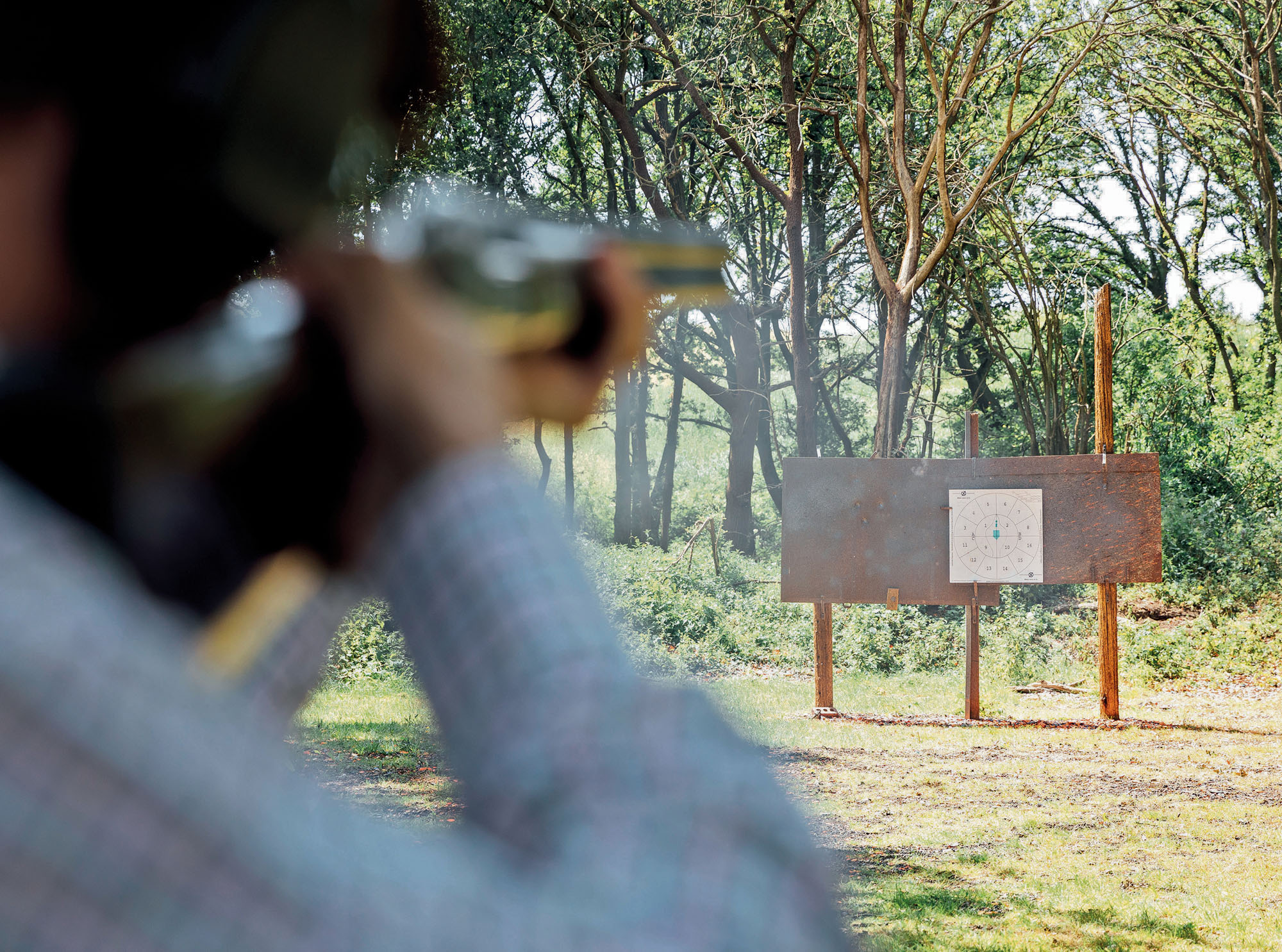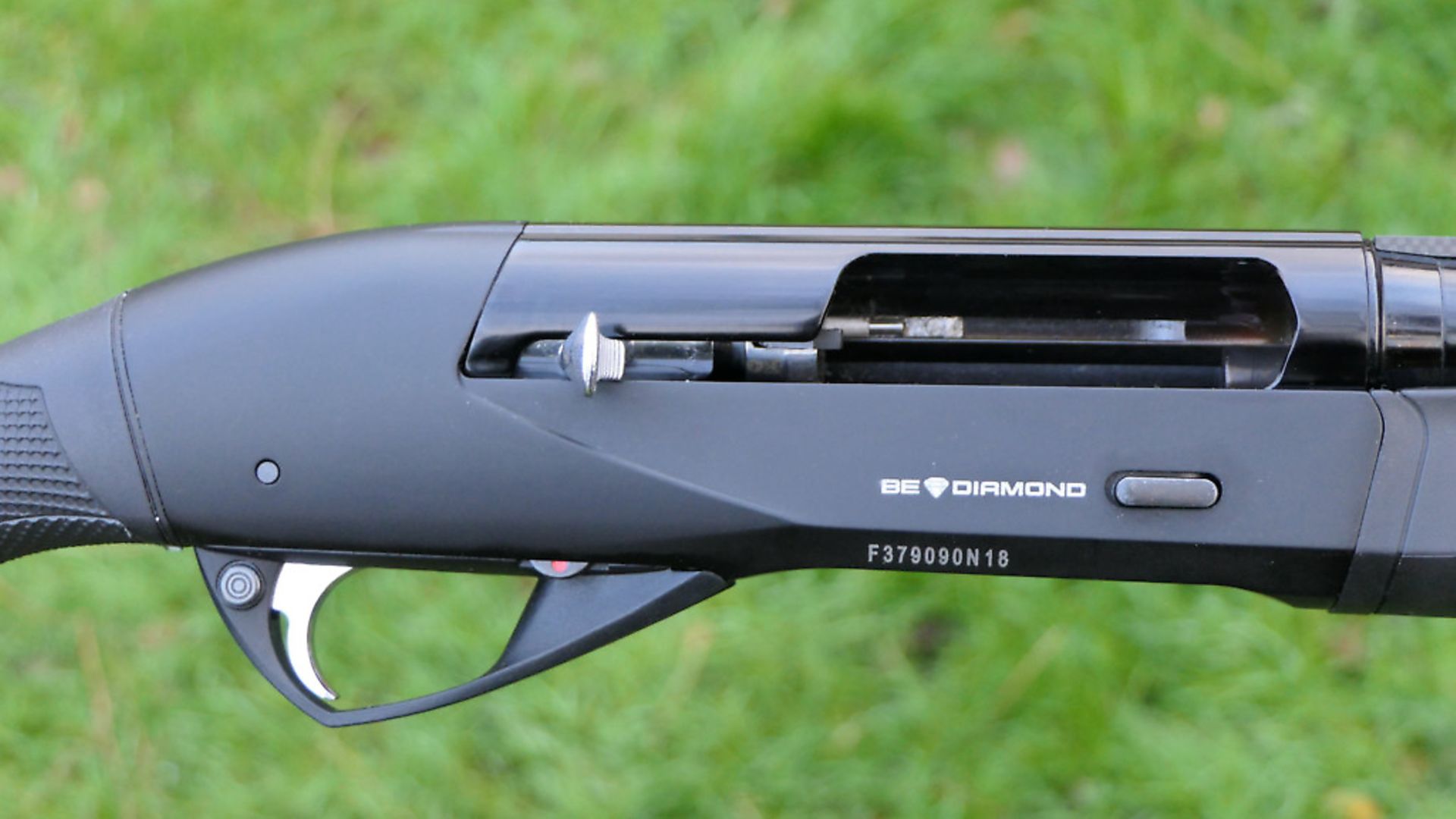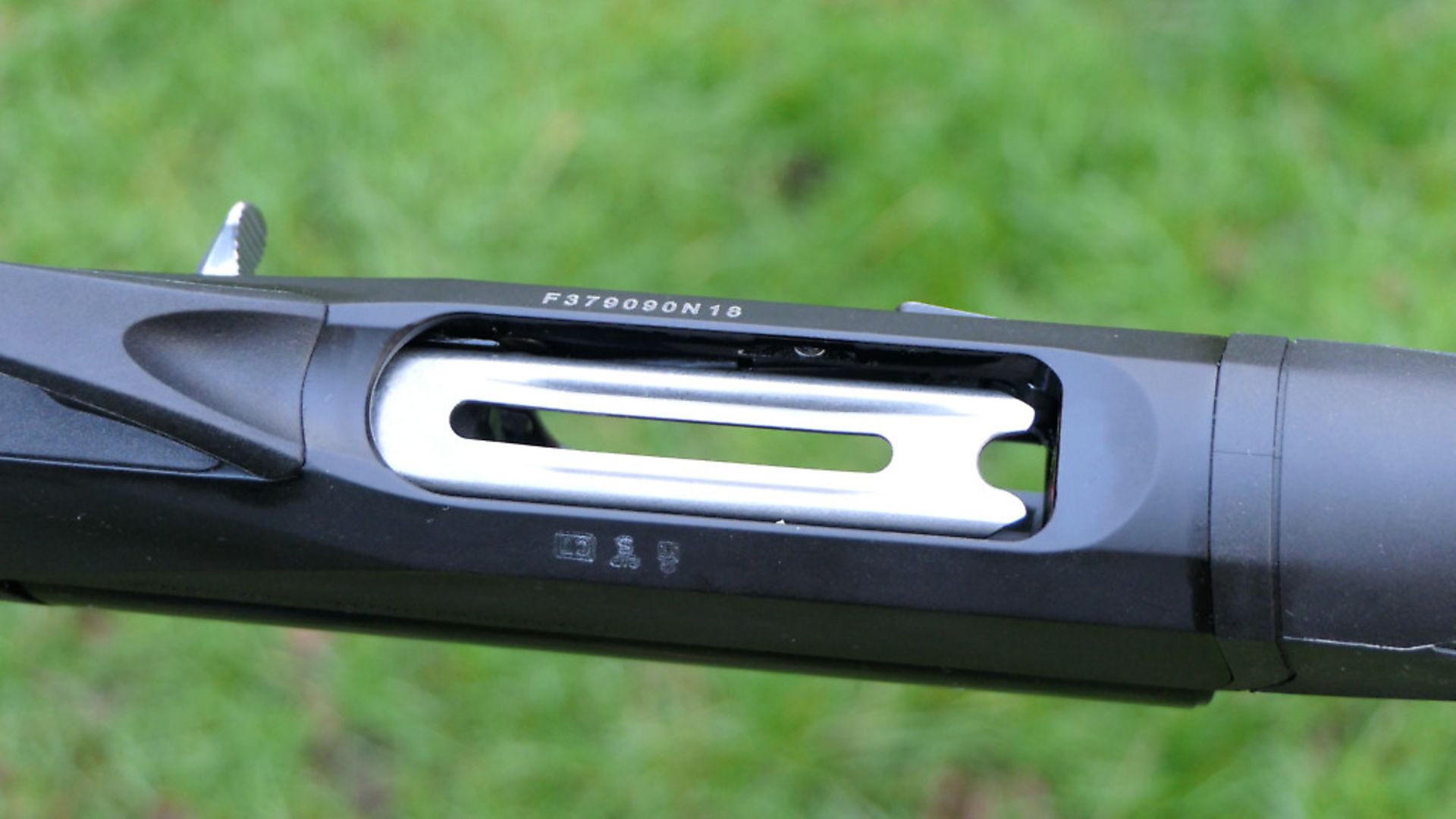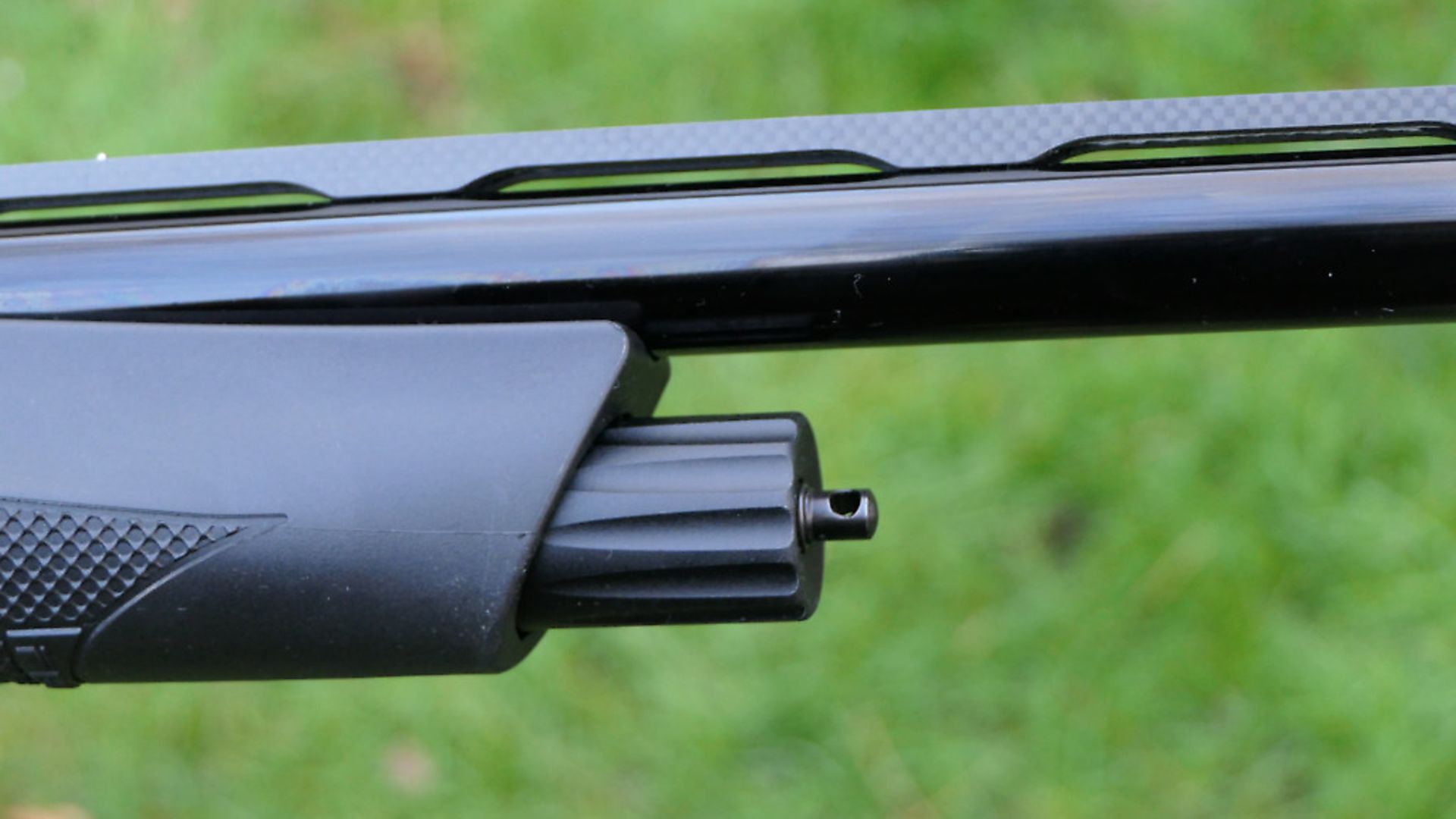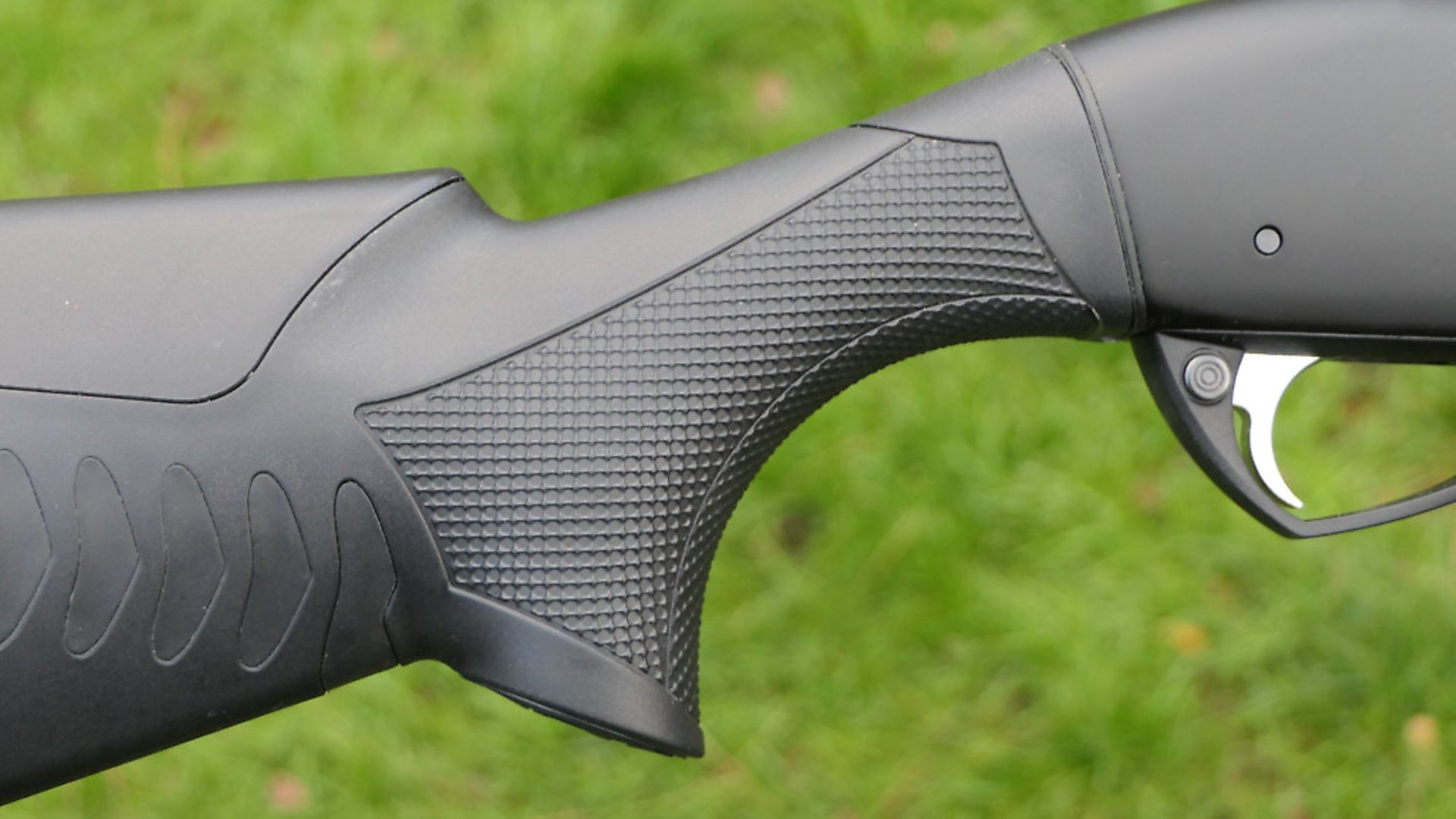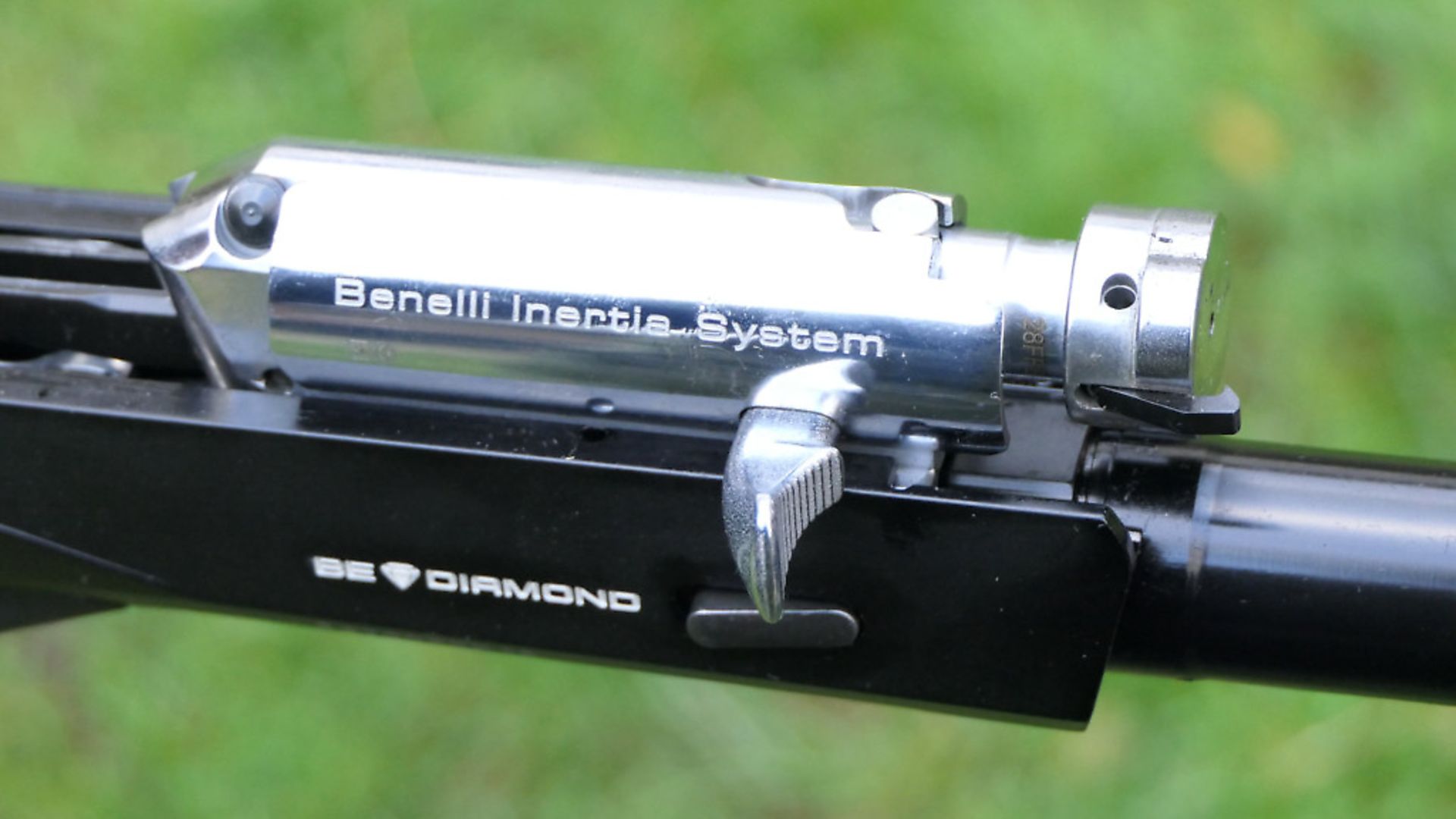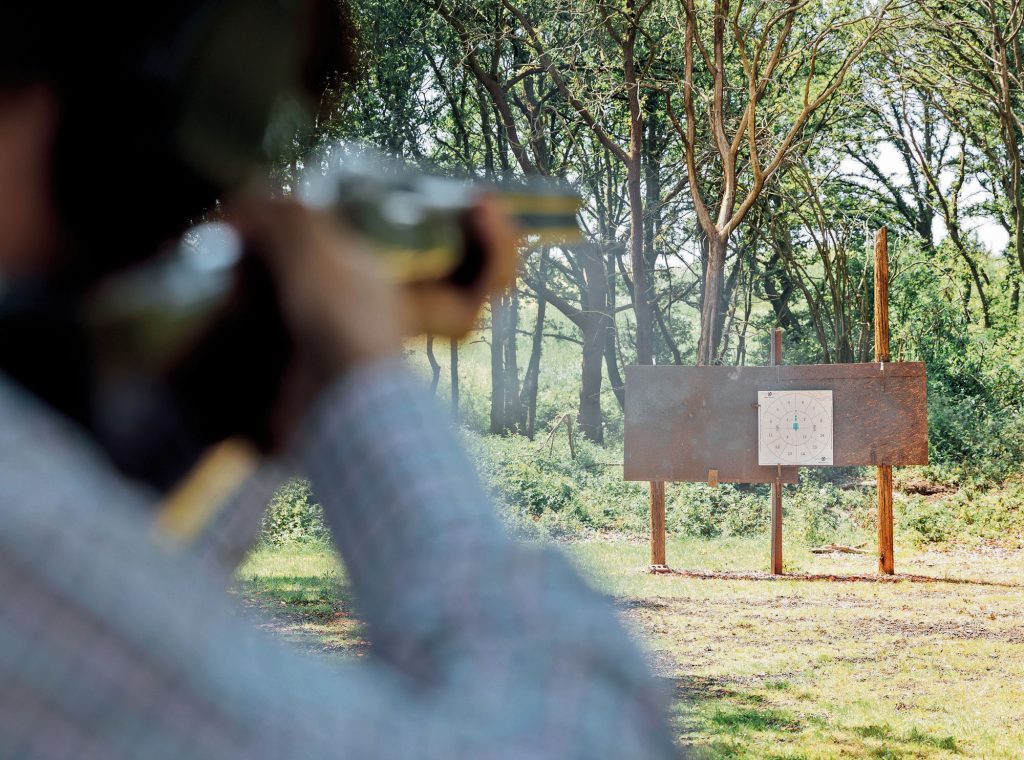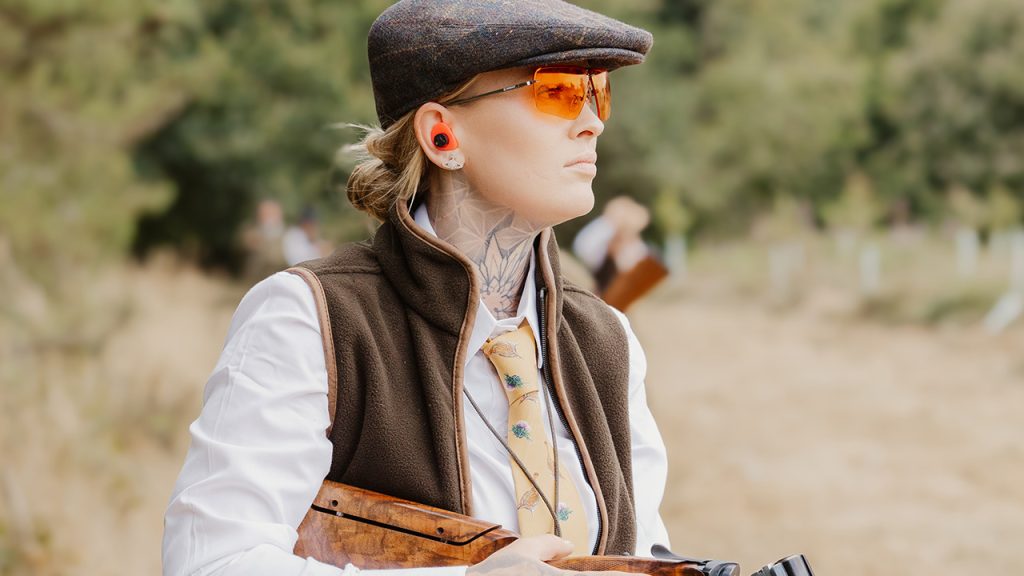Benelli Raffaello Be Diamond – test & review
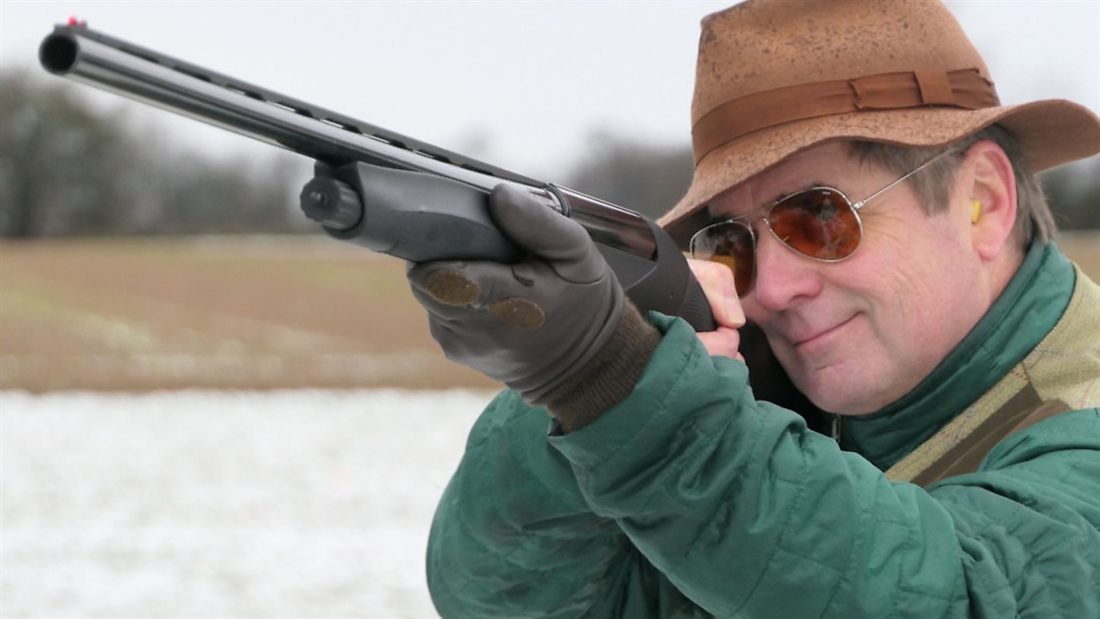
The new Benelli Raffaello Be Diamond marks the evolution of the semi-auto shotgun. Mike Yardley puts it through its paces in this test & review…
This month’s gun is the Benelli Raffaello Be Diamond, imported like so much other good quality shooting kit by GMK of Fareham (themselves part of the Beretta group now). First impressions are of a sleek, black semi-auto with a modern streamlined look. The test gun has a relatively short 70cm (27½”) barrel, which, combined with a carbon fibre rib, reduces forward weight considerably. Overall weight is a little under 7lb, which is light for a 12-bore semi. The point of balance is about ½” back from the forward edge of the receiver.
The stock is synthetic, the grip quite tightly radiused and slim – perhaps a little too slim – forward. The slim fore-end was good, however. The stock boasts the ‘Comfortech 3’ system, which includes a comb that is attached to the main part of the butt by a set of polymer chevrons, which allow the stock to flex and absorb recoil. Additionally, there is a recoil-absorbing, soft but slick gel comb insert (available in several sizes: standard as fitted, raised, and one emulating a Monte-Carlo). The recoil pad (25mm as fitted) is available in a 34mm size to add length. Cleverly, the pads may be plugged in and pulled out of the rear stock hollow without gunsmithing.
Benelli claim that the Raffaello Be Diamond is “the most durable Benelli ever made”. It features their new ‘BE.S.T.’ surface treatment offering superior resistance to corrosion, abrasion and wear, according to the maker. Anything that helps keep a gun in good condition gets my vote. Benelli describe it effusively thus: “Applied using nanotechnology and diamond-like carbon particles, BE.S.T. outperforms every other available coating and surface treatment in the firearms market today. Parts treated with BE.S.T have been tested by immersing them in saltwater for months with no signs of rust or corrosion.” The firm must have confidence in it – it comes with a 25-year warranty (the gun itself is covered for 10 years).
The Be Diamond has other interesting aspects to its specification. The 3”-chambered, high-performance-steel-shot proofed barrel, is cryogenically frozen to reduce stress (like its ‘Crio-Plus’ chokes). It is tightly bored at 18.3mm for which Benelli claim “superior performance, higher shot velocities, greater accuracy and improved penetration”. It’s an interesting area, my experience of tightly bored guns is that penetration may increase, but so may recoil.
The action on the test gun also has an improvement called ‘Easy Locking’. This ensures that the bolt head goes into battery without the need to slam it forward. It’s a useful feature when, for example, one is in a hide and does not want to create too much noise. No matter how careful you are, the bolt goes back into battery positively every time. One has to admire the continual evolution that Benelli are noted for. It also spurs me on to share with you a bit of history.
There used to be some resistance to semi-automatics in Britain. That broke down a bit with the acceptance of Browning’s A5 (a long-recoil system gun) by some wildfowlers and clay shooters before WWII. It was not until comparatively recently, however, that autos became ‘respectable’. The war had led to much experiment with gas-operated weapons. Remington’s 1100 (beloved by East Anglian skeet shooters) followed upon this trend. Breda had some success with their long-recoil gun (inspired by the A5), then Beretta broke new ground with their 300 series (I still use 30 and 32” 303s).
The popularity of the modern short-recoil inertia system, though, may be put down almost entirely to Benelli. If you look back into the mists of time, you will discover the Danish Sjögren which may have influenced Benelli designers originally, although it is a much less refined design (and a disconcerting old thing to shoot – a great lump of the breech whizzes back towards your head on firing). The Sjögren may have been the first semi-auto shotgun with an initial patent in 1900, although this is disputed by fans of the Browning A5, also patented in the same year (and indisputably a more practical gun).
Technical
Many readers will be familiar with the Benelli inertia system. The action is cycled by the rearwards force of the recoil, acting against a breech-block assembly, the latter made up of the bolt and a rotating head attached togther by a short, very stiff, spring. Recoil/rearwards motion causes the spring to compress. On full compression, the head unlocks and action cycling commences. There are, for the record, two versions of the Benelli system – this one and an older (but still good) variant without the rotating bolt head. I have no preference – both work well – but note that Beretta, who now own Benelli, have adopted a rotating bolt head into some of their gas-operated guns (beginning with the Xtremas and becoming standard on the A400 range). Inertia designs reduce working parts, increase reliability, and simplify cleaning in my experience. What you can see in all the Benellis is first-class engineering. The test gun is particularly easy to clean and disassemble with its two-part receiver and recoil spring housed in a tube within the butt not around the mag tube.
Shooting Impressions
I shot the Be Dimond with my frequent shooting pal, Paul Payne. Paul, a retired jet pilot, often helps out on our tests and always makes useful comment. We started, unusually, on a trap bird, and I missed the first one out, rushing through. Anyway, I soon got into the measure of the light barrel; the Benelli turning target after target into dust with the Crio-Plus half choke fitted (the kills looked more like full). Recoil was not unpleasant even with a quite powerful cartridge (I would rate it as moderate). I did find my hand slipping on the plastic grip. And, the shortish barrel (70cm/27 ½”) isn’t my preference. It did not make much difference until I got onto some distant crossers shot from the side of a high tower. My own semis have 30 and 32” barrels – that is what I am used to, anything under 28” feels quite short to me (and unless it’s exclusively for hide use, I’d usually advise 30”). Meantime, this is a well-presented, attractive, repeater. No malfunctions on 28g loads. It’s not cheap, but it is nice and shoots well.
My thanks to Lyalvale Express for the Power Gold cartridges used in this test.
We Like: The sleek lines and slim fore-end; The simple but clever mechanism; The ease of cleaning
We don’t like: The grip – but it’s not a big issue, just lacking depth forward.
TECH SPECS
Maker: Benelli
Model: Raffaello Be Diamond
Action type: Benelli inertia with rotating bolt head
Chamber: 12
Proof: 3”
Chokes: CrioPlus (5 supplied)
Rib:10mm carbon fibre
Weight: just under 7lbs
RRP: £2,225

